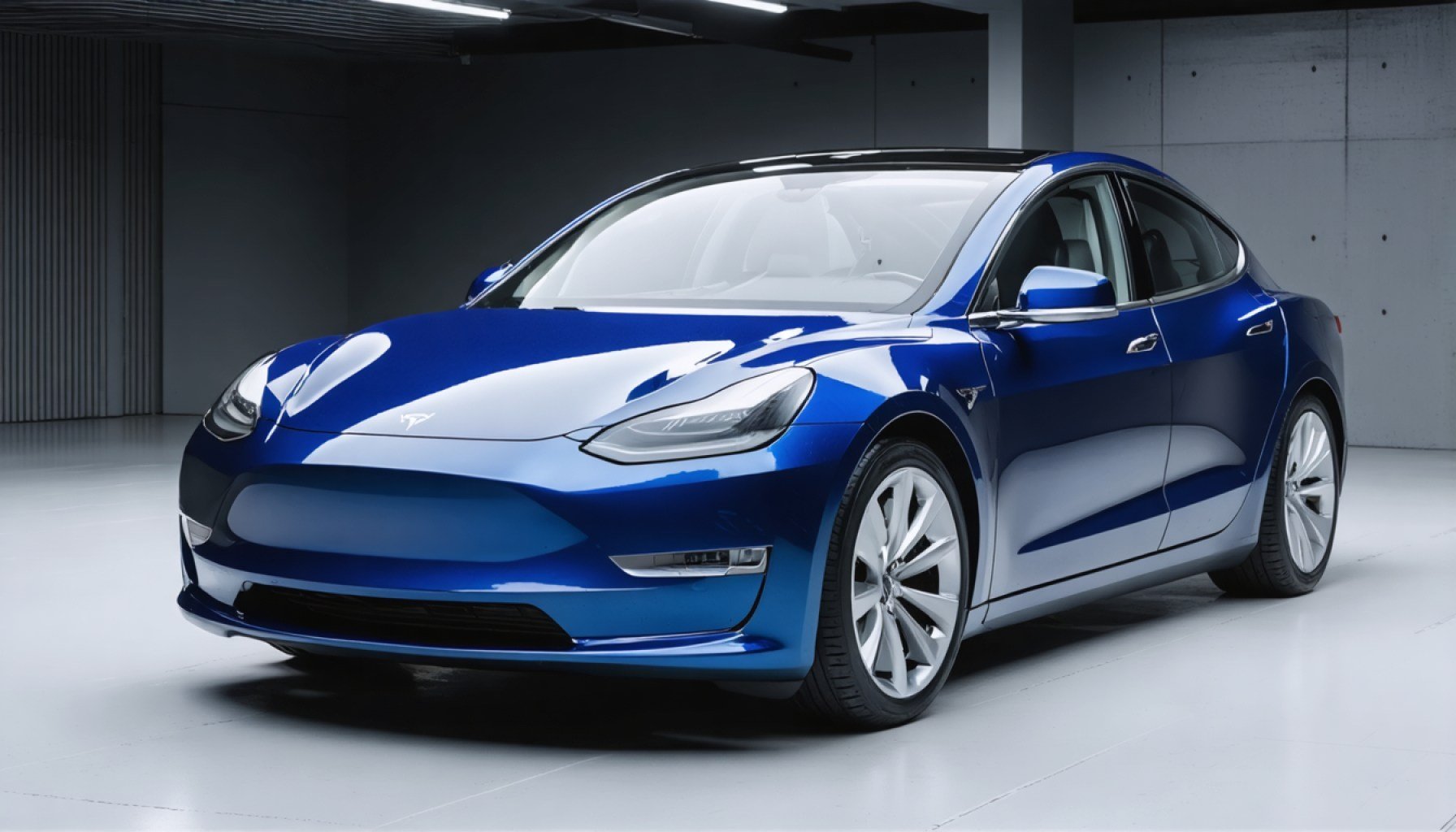- The longevity of electric vehicle (EV) batteries faces scrutiny, highlighted by a 250,000-mile 2019 Tesla Model S.
- Charging challenges arise, notably the extended time from 80% to full charge, emphasizing efficiency over topping off.
- Battery Management System imbalances complicate the charging process, necessitating recalibration.
- The recommended 10-80% charge window offers a faster, 47-minute charge time, showing potential for longevity in older EVs.
- The Tesla’s peak charging rate of 131 kW remains competitive, suggesting strategic shorter charging stops.
- Despite the tempered optimism, the test underscores both the resilience of current EV batteries and the inevitable impact of time.
Emerging confidence in the lifespan of electric vehicle batteries hit a bump with an eye-opening reality check from a well-traveled 2019 Tesla Model S. Despite previous studies often painting a rosy picture of EV endurance, this 250,000-mile veteran tells a mixed story that underscores the complexity of battery life.
Charging Woes with a Silver Lining
An exhaustive test on this Tesla exposed an arduous charging ordeal—nearly three hours to revive a fully drained battery. But the real story lay beneath these daunting numbers. Over half of the charging lag was concentrated in the climb from 80% to full charge—a struggle familiar to those who understand the electron dance within a battery’s shrinking available spaces.
The vehicle’s Battery Management System, hampered by imbalance, further muddied the process. A recalibration, necessary yet cumbersome, extended the last phase of charging to comedic extremes. This highlights why EV owners are counseled to forgo 100% charges—it’s about maximizing efficiency, not just topping off.
Perspective is Key
Peeling back the layers, the 10-80% charge window unveiled a less severe truth: around 47 minutes to juice it up, comparable to some newer competitors and indicative of the car’s enduring potential. Given the Tesla’s age, its 131 kW peak rate holds its ground respectably, advocating for agile, short charging stops during travels.
In essence, while this test tempers some optimism, it reiterates resilience—both of modern batteries and the inherent learning curve within electronic chauffeurdom. EV technology may evolve, enhancing the robustness of tomorrow’s batteries. Yet, these findings offer a humbling reminder: like our faithful gas guzzlers of yesteryears, nothing is immune to time’s relentless march.
The Surprising Truths About EV Battery Longevity and Charging Efficiency
How-To Steps & Life Hacks for Maximizing EV Battery Life
1. Regular Maintenance: Keep your EV’s software updated for optimal battery management. Tesla and other manufacturers often release updates that improve battery efficiency and longevity.
2. Avoid Frequent 100% Charges: To preserve battery health, keep charge levels between 20% and 80%. Frequent full charges can accelerate wear and tear on your battery.
3. Use Proper Charging Equipment: Invest in a high-quality Level 2 home charger. It provides faster charging times and reduces the strain of continual fast-charging cycles.
4. Monitor and Manage Temperature: Batteries operate efficiently between 20°C and 30°C. In extreme climates, try to park in shaded or temperature-controlled areas.
5. Pre-condition Before Charging: In cold weather, pre-conditioning your battery before charging can reduce wear and improve charging efficiency.
Real-World Use Cases
Electric vehicles, particularly long-range models like the Tesla Model S, have broad applications beyond daily commutes, including:
– Ride Sharing: Companies like Uber and Lyft have integrated EVs into their platforms, benefiting from lower operational costs.
– Delivery Services: Organizations such as Amazon and UPS are experimenting with EV fleets for last-mile delivery, leveraging cost efficiencies and environmental benefits.
Market Forecasts & Industry Trends
The electric vehicle market is expected to continue its robust growth. According to Allied Market Research, the global EV market is projected to reach $802.81 billion by 2027, driven by sustainability trends and technological advances. Automakers are investing in next-generation solid-state batteries, which promise higher capacities and longer lifespans.
Reviews & Comparisons
Tesla’s continuous software updates and superior charging infrastructure maintain its edge in vehicle longevity compared to competitors like the Nissan Leaf and Chevrolet Bolt. Yet, new entrants such as the Rivian R1T are gaining positive market traction, praised for their off-road capabilities and battery performance.
Controversies & Limitations
Despite their advantages, EVs face challenges too:
– Environmental Impact of Battery Production: Mining for lithium and other materials has raised ecological and ethical concerns.
– Battery Recycling: Efficient recycling processes are still emerging, sparking debates on the sustainability of current recycling technologies.
Features, Specs & Pricing
For the Tesla Model S 2019:
– Range: Approximately 370 miles on a full charge.
– Charging Time: Fast charging (10-80%) in roughly 47 minutes.
– Price: Originally around $79,990, now varying with model upgrades and used car market conditions.
Security & Sustainability
Security features include over-the-air updates, which ensure your vehicle’s software is up-to-date with the latest protective measures. From a sustainability perspective, transitioning EVs to renewable energy sources for charging can further reduce their carbon footprints.
Insights & Predictions
Breakthroughs in battery materials, such as silicon anodes and solid-state electrolytes, are set to redefine the EV landscape in the next decade, offering substantial improvements in energy density and charging speeds.
Pros & Cons Overview
Pros:
– Reduced fuel costs
– Lower environmental impact
– Quieter and smoother operation
Cons:
– Limited charging infrastructure in some areas
– Higher upfront costs
– Battery lifespan concerns in older models
Actionable Recommendations & Quick Tips
– Plan Charging Stops: Use apps to locate fast chargers along your route, minimizing travel disruptions.
– Stay Informed: Keep abreast of updates regarding battery management to maximize efficiency.
For more comprehensive information on electric vehicles and their technology, visit Tesla.
By following these guidelines and understanding the real-world implications of battery longevity and charging dynamics, EV owners can make informed decisions and optimize their driving experience.














